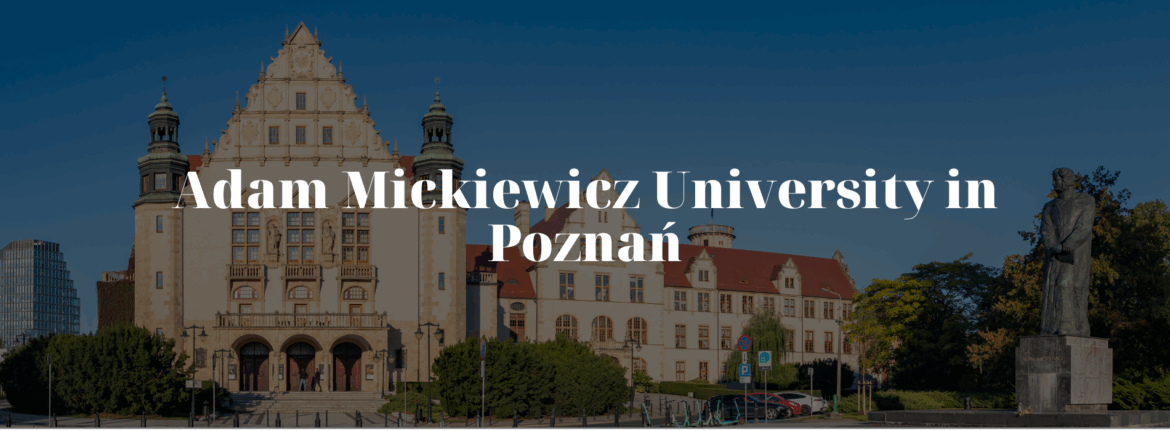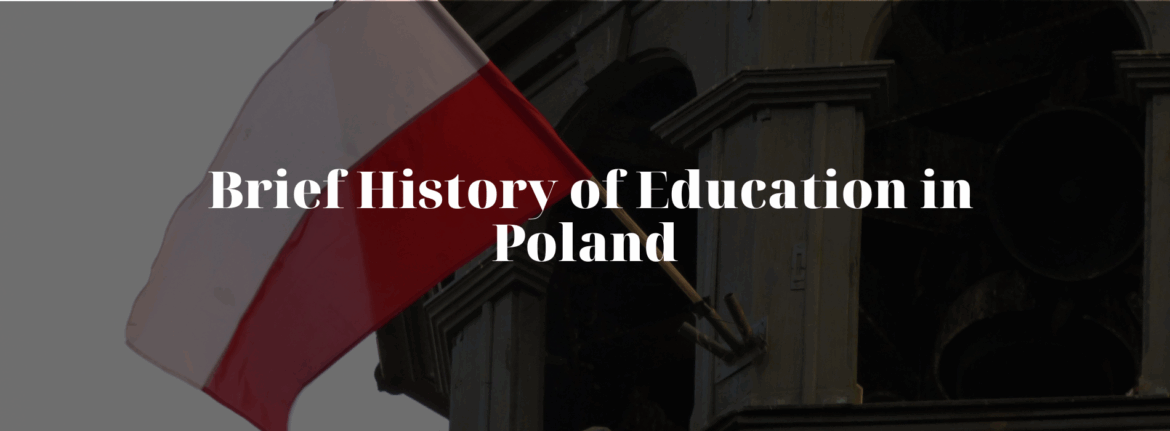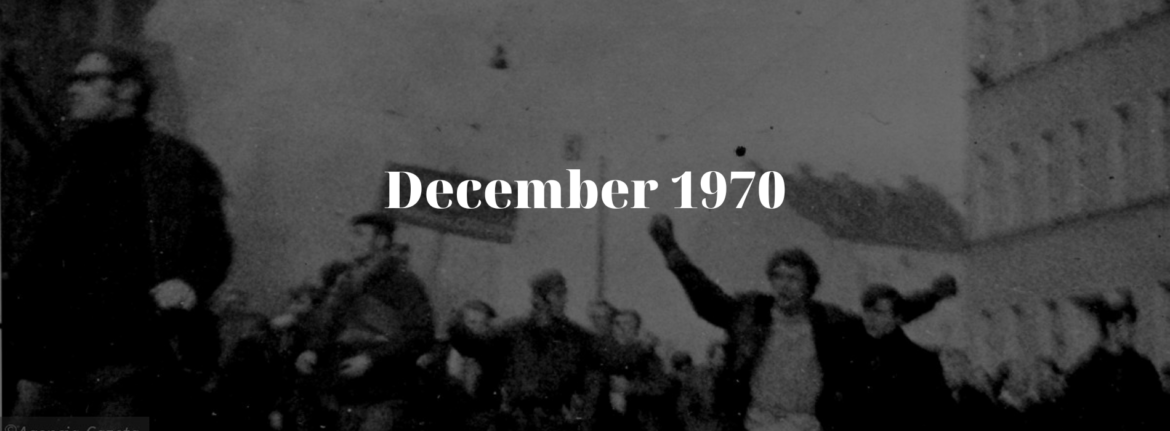Kategoria: Education
-

When navigating the Polish education system, especially for newcomers or international observers, one of the most important distinctions at the secondary level lies in the two most career-oriented paths: Technical College (Technikum) and Vocational School (Branżowa Szkoła I Stopnia). While both options prepare students for professional life, they do so in distinct ways, with different…
-

Before the borders shifted and history redrew the map of Central Europe, Lviv—then known as Lwów—was a city where Polish culture, academia, and public life thrived. At its heart stood Lwów’s Jan Kazimierz University, one of the most important academic institutions in the Second Polish Republic. Established in the 17th century, and heavily shaped by…
-

In the heart of Kraków, a city known for its cobblestone charm and layered history, stands one of Europe’s most enduring academic institutions: the Jagiellonian University. Established in 1364 by King Casimir the Great, it is the oldest university in Poland and one of the oldest continuously operating universities in the world. For over six…
-

Poland’s system of higher education offers a wide array of opportunities for students looking to pursue advanced academic or professional degrees. From traditional universities to technical schools and artistic academies, the Polish model allows for diverse learning pathways that can suit nearly any interest, ambition, or career plan. Understanding how this system is structured—and how…
-

In the heart of Kraków—a city famed for its history, culture, and academic legacy—stands one of Poland’s most influential technical universities: the AGH University of Science and Technology. Established in the early 20th century with a strong focus on mining and metallurgy, AGH has evolved into a multidisciplinary, research-intensive institution that continues to shape the…
-

When Poland regained independence in 1918 after over a century of partitions, one of its most pressing needs was to establish strong academic institutions across all regions of the newly reunited state. In the west, the city of Poznań—part of the former Prussian partition—was a natural location for a new university. In 1919, this vision…
-

The history of education in Poland is a compelling story of resilience, reform, and reinvention. From clandestine schools during foreign rule to today’s modern, state-supported institutions, Poland’s educational system has been shaped by centuries of social movements, political upheaval, and national aspiration. Understanding its trajectory sheds light on both the challenges and successes that have…
-

Poznański Czerwiec 1956 was the first major workers’ uprising in post-war Poland, exposing the deep fractures within the Polish People’s Republic (PRL). Sparked by economic hardship and political dissatisfaction, the protests in Poznań marked a pivotal moment in the struggle for workers’ rights and social justice. The brutal suppression of the uprising revealed the state’s…
-

The events of December 1970 (Grudzień 1970) stand as one of the darkest chapters in Polish post-war history. What began as protests against sudden price hikes quickly escalated into a violent confrontation between the authorities and workers along Poland’s northern coast. The brutal suppression of demonstrations in cities like Gdańsk, Gdynia, Elbląg, and Szczecin revealed…
-

The imposition of martial law in Poland on 13 December 1981 marked one of the darkest chapters in the country’s modern history. Introduced by General Wojciech Jaruzelski and the communist authorities, it was a desperate attempt to suppress the growing opposition spearheaded by the Solidarity movement (Solidarność). This dramatic period of oppression left a profound…